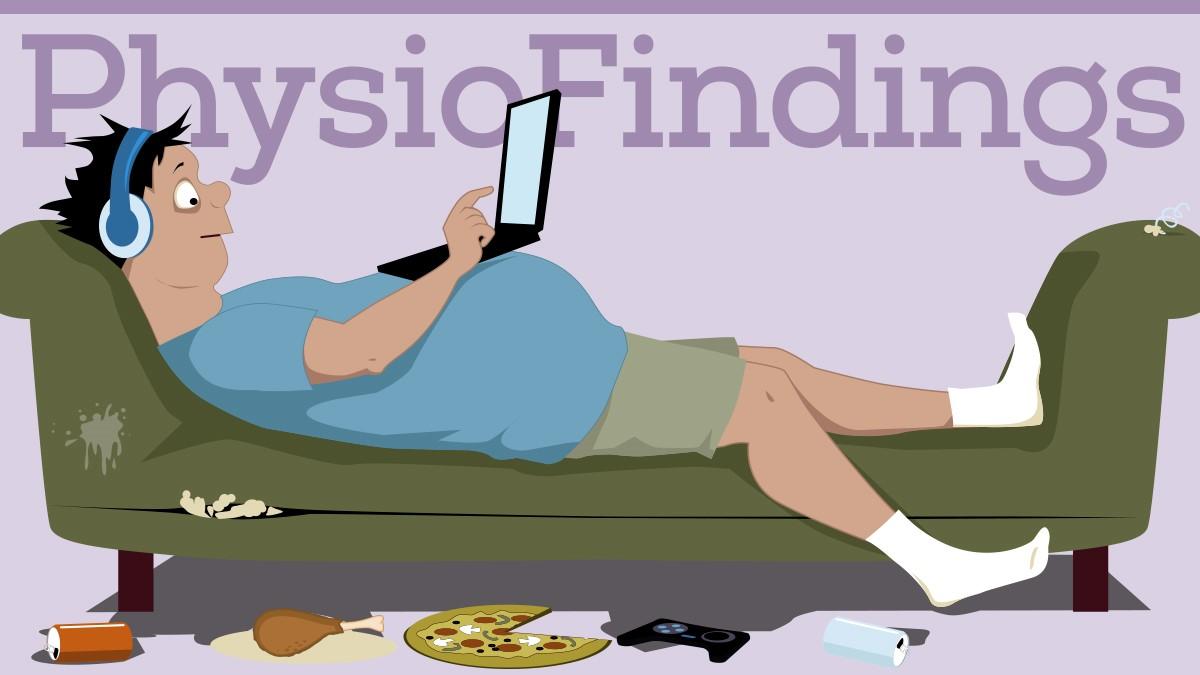Caroline White on the latest physio research.

Exercise may relieve the pain of Achilles tendinopathy and help to restore function, but the use of orthoses/splints doesn’t seem to make much difference, a systematic review and pooled analysis of the available evidence has found.
Better understanding of how tendinopathy develops has focused attention on treatment based on exercise, particularly eccentric heavy load strengthening programmes, and modifying intrinsic risk factors, such as gait issues, with the use of splints and orthoses.
To try to find out which types of exercise, orthoses and splinting work best for relieving the pain of Achilles tendinopathy, restoring function and improving quality of life, the researchers reviewed and pooled the data from 22 relevant comparative clinical trials, published up to 2017, and involving 1,137 participants.
They found a strong research emphasis towards using eccentric loading exercise protocols to manage Achilles tendinopathy, with the exploration of other exercise interventions evident only in recent years.
In general, the trials didn’t have enough participants and were at considerable risk of bias across several domains.
But the analysis provided moderate quality evidence that eccentric exercise relieves pain and improves function in mid-portion tendinopathy, which is characterised by pain typically two to seven centimetres from the tendon’s insertion into the calcaneus, and widespread or localised swelling.
But it isn’t clear which type of exercise works best. The researchers found moderate quality evidence in favour of eccentric over concentric exercise for reducing pain, but no significant difference in pain relief or improved function between eccentric and slow resistance exercise, for example.
And a combined exercise programme didn’t seem to be more effective than a ‘lower dose protocol’ for improving function.
So while several exercise-based interventions have a significant impact on pain and function, the current evidence doesn’t support recommending one type of exercise programme over another, they say.
And on the balance of the available evidence, the researchers don’t recommend the use of splints or orthoses in addition to eccentric exercise to relieve pain and restore function. However, few studies have looked at orthoses and splinting for Achilles tendinopathy, they note.
More clinical trials are needed, because ‘the few studies in this review suggested that there may be potential benefit, but further investigation is needed,’ they explain. Wilson F, et al. Exercise, orthoses and splinting for treating Achilles tendinopathy: a systematic review with meta-analysis. British Journal of Sports Medicine 2018.
Quality of life scores and MSK symptoms
Standard health-related quality of life scores may not necessarily reflect improvements in pain and discomfort, or anxiety/depression, and therefore who might best respond to physiotherapy to ease symptoms, suggests a study of more than 4,000 patients with musculoskeletal conditions.
The patients, who were given physiotherapy at five different NHS community-based centres, were categorised according to the site of their symptoms and their response to treatment, based on their EQ-5D index improving by at least 0.1 (‘EQ-5D responders’) on discharge.
The pain/discomfort dimension score improved in all patients and at all sites, yet this wasn’t always linked to better overall health-related quality of life score. And patients in whom overall EQ-5D score improved most had worse pain/discomfort and/or anxiety/depression, as measured by the respective EQ-5D dimensions, to start with.
‘Clinicians should not, therefore, assume that a patient with worse pain and anxiety/depression is unlikely to respond to treatment, as they may, in fact, show the best outcomes in terms of [health-related quality of life],’ say the researchers.
But they go on to suggest that the EQ-5D index is not sensitive enough for the assessment of patients who have low levels of pain/discomfort and/or anxiety/depression, so might not be the most suitable tool for sole use in patient management and service evaluation.
‘The findings suggest that additional validated pain and anxiety/depression outcomes could be used to complement EQ-5D to better capture the experiences of patients and identify patients that might respond best to treatment,’ the authors of the study conclude. Caplan N, et al. Changes in health related quality of life (EQ-5D) dimensions associated with community based musculoskeletal physiotherapy: a multi-centre analysis. Quality of Life Research 2018.
Comments and conclusions
- The amount of physical activity that women do isn’t linked to their risk of early menopause, finds a study of more than 107,000 US nurses aged 25-42. During 20 years of monitoring, no significant difference emerged in risk between women reporting less than three MET hours of physical activity a week and those reporting 42 or more. The amount of physical activity in their teenage years didn’t seem to make any difference either. Human Reproduction 2018.
- A study of 221 patients with knee osteoarthritis and meniscal tears shows that those with inflammation of the synovial membrane (synovitis) – whether persistently extensive or intermittent – may be at heightened risk of cartilage damage over time. Synovitis is a potentially modifiable feature of osteoarthritis, the researchers point out. Arthritis & Rheumatology 2018.
- More than a quarter of the world’s adults (1.4 billion) were insufficiently active in 2016 to ward off the risks of serious ill health, finds a time trends analysis by the World Health Organization. People in high income countries are more than twice as likely to be couch potatoes as those in low income countries, and they became even more (5 per cent) inactive between 2001 and 2016. The Lancet Global Health 2018.
Number of subscribers: 1




































